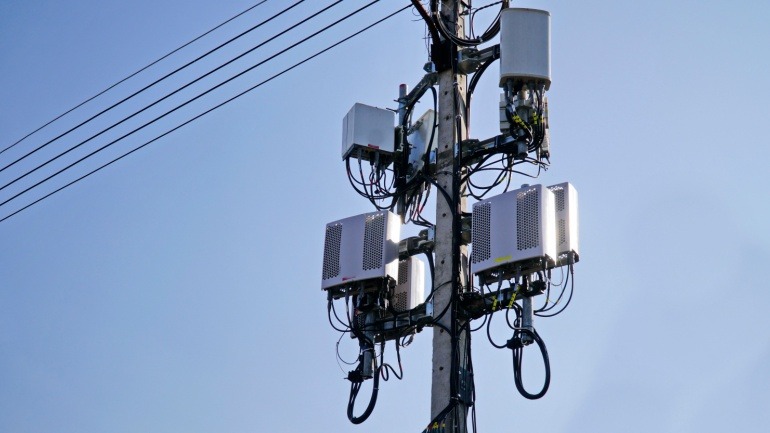The Finnish telecommunications equipment provider Nokia and Swedish operator group Telia joined forces to conduct a trial assessing the utility of the 6 GHz spectrum for massive MIMO 5G. Their outdoor trial, held at Nokia’s Research and Development center in Espoo, Finland, featured the utilization of a 128TRX antenna based on Nokia’s AirScale Habrok radio and a test terminal from MediaTek equipped with integrated antennas. While specifics on speeds and feeds remain undisclosed, the trial reportedly proceeded successfully.
The decision to allocate 700 MHz of spectrum in the upper end of the 6 GHz band (ranging from 6.425 to 7.125 GHz) came following extensive lobbying from stakeholders in the mobile and Wi-Fi sectors during the WRC-23 gathering. This allocation grants operators a substantial portion of spectral space, conducive to deploying massive MIMO 5G networks characterized by high-capacity pipes, particularly suited for mid-band spectrum applications.
A press release regarding the trial stated, “Field tests confirmed the macro-grid-readiness of the upper 6 GHz spectrum used with Massive MIMO,” highlighting the potential for enhancing capacity in urban areas and achieving high throughput in suburban or rural regions. Stefan Jäverbring, Telia’s Group CTO, emphasized the importance of access to mid-band TDD spectrum for meeting the escalating demands of mobile traffic and advancing digitalization efforts.
Beyond the technical aspects, Telia’s focus on sustainability emerged prominently, with Jäverbring underscoring the importance of deploying additional capacity with minimal environmental impact. However, amidst discussions of increasing mobile traffic, there are indications of a potential slowdown, challenging assumptions about industry growth.
As operators explore the opportunities presented by the new 6 GHz band, the evolving landscape of telecommunications awaits further scrutiny to determine the extent of its popularity and impact.







